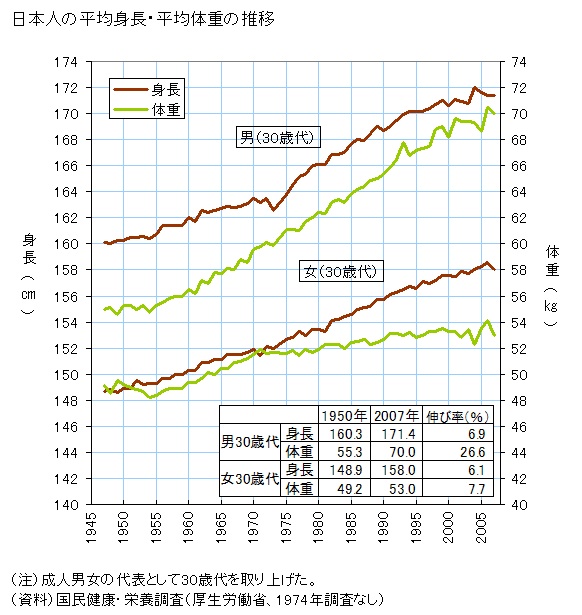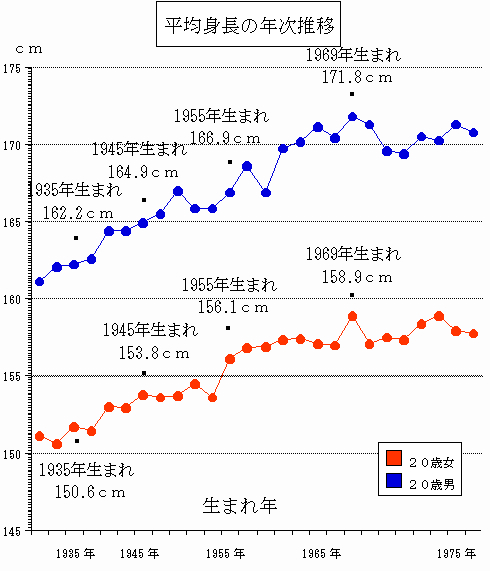Back to School
 Wednesday, September 26, 2012 at 9:46AM
Wednesday, September 26, 2012 at 9:46AM
The second (or fall) semester started up a week ago here and I'm trying to adjust to my new routine of waking at six and heading out the door by seven-twenty in the morning.
It doesn't always work out as planned, of course.
For one thing, there's our two-year-old son, Yu-kun, who is used to my being home most of the time. When I try to leave in the morning he insists that he has to work, too, and with tears streaming from his eyes, he begs me to take him. If I don't time my departure well--there's a window of opportunity when his favorite TV show comes on--the boy will escape down the hall in his diapers. He sometimes even climbs up the stairs to the seventh floor where I'll have to fetch him and bring him back, kicking and screaming, to our apartment. "I'm working, too! I'm working, too!" he bawls.
The other day as I handed the crying boy to my wife, she said, "You must like this." I had to admit that I did. Even if his affection is usually expressed in a kick to my jaw while I'm sleeping, these tantrums he has when I try to leave do make me feel loved.
Only once we manage to get the little animal back into his cage, can I finally leave. Often twenty minutes later than I had planned. (Oh well.)
As I have mentioned in previous posts, I work "full-time" (four days a week) at a women's junior college and "part-time" (one day) at a university. The junior college is about forty minutes away by train and bus and it is usually during this commute that I catch up on the news, by either reading The Economist or listening to some left-leaning podcasts, such as Hardball with Chris Matthews, The Rachel Maddow Show, Real Time with Bill Maher and Best of the Left. I balance that out with podcasts from NPR, PBS, and the BBC. Thanks to my iPhone, the commute is usually over before I know it.
At work, I try to get my writing done before doing anything work-related. Like a lot of authors, I tend to do my "best" writing in the morning when I'm most alert and have the fewest distractions.† Fortunately, that is not a tall order here at the college where most of the professors don't normally slink in until about noon. As most of my classes don't start until one or so in the afternoon, I could probably do the same, but that four- to five-hour block of uninterrupted quality writing time is more important to me than getting a few extra hours of sleep.
Anyways, the reason I'm writing today is that at the beginning of every semester when I meet my students, many of them for the first time, I am blown away by how tall some of them are getting. In my freshman class at the university, there are six boys (out of 23 students), four of whom are either as tall as or taller than me. At 177cm, I am, admittedly, no giant, but I'm not pint-sized either.
When I first came to Japan ages ago and would have to stand in a crowded train, I was more often than not the tallest person in the car. Over the past two decades, the heights (and weights) of both men and women in Japan, have changed so much that whereas I once had a clear view over the heads of all the other passengers, that view is now blocked by people who are, again, as tall as or taller than me.
Interestingly, when I went back to the States two summers ago and was riding Portland's light rail known as the Max, I told my wife to take a look around at the other passengers standing near us. I asked her if she noticed anything odd. She replied that everything about Americans was odd.
"Okay, okay," I conceded. "But look at how short everyone is. I am the tallest person on this street car."
I realize it's anecdotal evidence at best, but I believe there is something going on. Japanese are without a doubt getting bigger--both horizontally and vertically--and Americans are getting shorter (but, alas, not slimmer).
I have two students in one of my classes at the junior college who are Amazonians. One of them is 170cm tall. In heels, she's a good three to five centimeters taller than me. I asked her if her parents were also tall and she replied that, no, they were average height.
So, what's going on then?
My pet theory is the diet. And not necessarily what this current crop of 18-20 years old has been eating, but the kinds of foods their parents' and grandparents' generation also ate. There have been two, sometimes three, generations with "good" nutrition, diets that have more variety and meat in it. Increased consumption of both processed and imported foods probably has a lot to do with it, too. Hormones in imported meats may also have a hand in it.
Incidentally, Japanese children growing up during and immediately after the Pacific War, when malnutrition was rampant, were considerably shorter than those who grew up before WWII, an average of three centimeters for boys in urban areas. (Dower's Embracing Defeat, p92-93. Worth reading.) The older generation of Japanese, those in their seventies and eighties tend to be quite small. It's not uncommon to find a great grandmother who is literally half the size of her great grandchildren.
Below is a graph from the Ministry of Health, Labour and Welfare which shows the change in the heights (brown) and weights (green) of Japanese men and women in their 30s. Height is given in cm on the left, weight in kilograms on the right. The upper two lines are for men, the lower two lines are for women. Average height for 30-year-old men in 1945 was about 160cm. In 2005, that figure was 172cm. Women have gone from an average of 149cm (teeny-tiny!) to 158cm (still small). I would think the figure for women today in their 20s would be even higher.

When I was trying to find data on the height changes, I found some interesting statistics. In one survey of 19 countries, South Koreans were found to be the tallest among the five Asian countries studied. (Men, 173.3cm; Women, 160.9cm). This probably won't surprise anyone who has been to the country. At 170.7cm for men and 157.9cm for women, the Japanese came in second. As for the country with the tallest people, the Netherlands took that honor. Again, no surprise there: the Dutch (Men, 182cm; Women, 170cm) are feckin' huge.
There is a lot of hand-wringing on the Internet, bloggers worried that the Japanese are no longer getting taller. The following graph shows the average heights of twenty year olds since the 1950s. 20-year-old men born in 1935 were on average 162.2cm tall; women, 150.6cm. Heights of twenty-two-year-olds apparently peaked at 171.8cm (♂) and 158.9cm (♀) in 1989 with those who were born in 1969.

†During the months that school is off I'll usually do this at coffee shops in my neighborhood.
